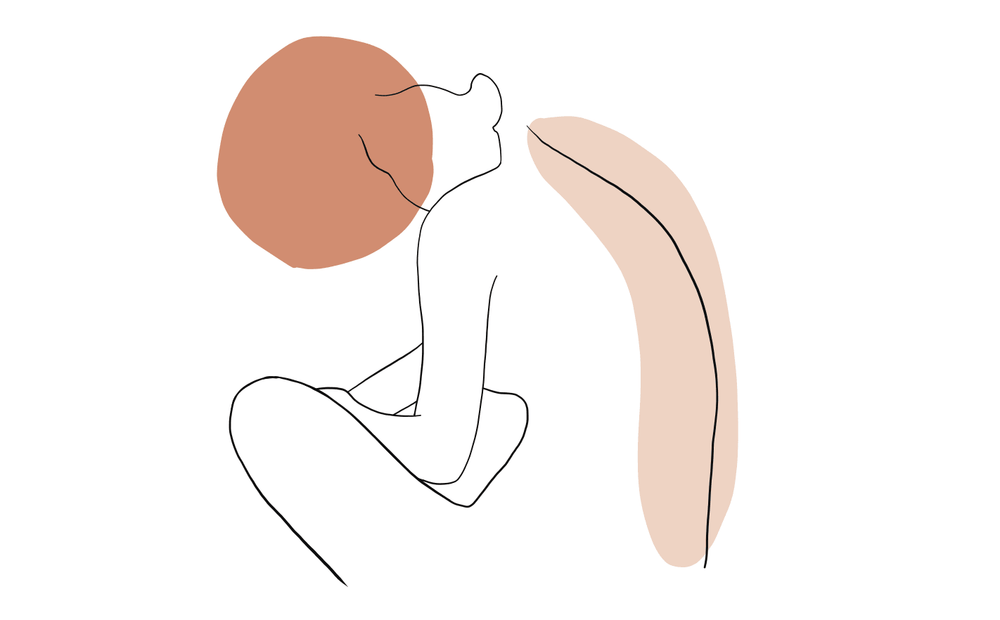Table of Contents
By: Henry Allison
What is pelvic floor therapy?
Pelvic floor therapy is a collection of therapeutic techniques that help improve the function of the muscles of your pelvic floor.
What are the pelvic floor muscles?
They are a system of muscles that support your urinary and reproductive tracts. In women, they wrap around the urethra, bladder, uterus, vagina, and rectum, and play important roles in controlling bladder function, as well as in sexual arousal and orgasm.
Weakened or damaged pelvic floor muscles can cause a variety of symptoms, including urinary incontinence (UI), pelvic pain, and pain during sex. In pelvic floor therapy, a trained physical therapist uses safe and proven therapeutic techniques to recondition these muscles, helping alleviate pain and give you more control over your bladder.
How do you know if you need pelvic floor therapy?
There are a variety of reasons why someone may choose to begin pelvic floor therapy. One common reason is urinary incontinence, or UI (you can also check out our blog post about managing urinary incontinence). Along with safe and comfortable products like the ones we make at Attn Grace, pelvic floor PT can help women with urinary incontinence feel more confident and in control during daily life.
Other common reasons that women begin pelvic floor PT include pelvic pain, post-pregnancy pain, pain during sex, and more.
What does pelvic floor therapy consist of?
During your first visit, your physical therapist will talk with you about your medical history and unique condition. They may ask you to stand, sit, or walk in order to evaluate the function of different muscles and come up with a specific treatment plan.
Treatments used during pelvic floor therapy may include:
- Education on proper hygiene (see our recommendations for vaginal hygiene) as well as different self management techniques
- Stretching and strengthening exercises for the legs and pelvic muscles
-Massages of the pelvic area to improve blood flow and posture
Internal therapy: Internal therapy includes therapeutic techniques in which an instrument or finger is placed inside the vagina or rectum to do trigger point therapy. In trigger point therapy, pressure is applied to tight muscle groups in order to release them and provide overall health benefits. Not everyone who does pelvic floor therapy chooses to have internal therapy be a part of their healing process, and most physical therapists will wait until you decide you are ready before beginning.
Exercises: Your therapist may also give you exercises to do at home. Instructions can be found online as well.
What should I wear to pelvic floor physical therapy?
Wear something comfortable! If exercise clothes are needed, your therapist will let you know in advance.
When can I expect results from pelvic floor therapy?
Every patient is different, but most women begin to see improvement over six to eight weeks, with more severe cases sometimes taking several months.
Pelvic floor physical therapy is a proven and effective therapy that has delivered results for many women experiencing urinary incontinence or chronic pelvic pain. If you think you could benefit, talk to a doctor or pelvic floor specialist to learn more and see if this treatment is right for you.
Want More on Pelvic Health Therapy?
Find a Pelvic Floor Specialist
Learn More About Urinary Incontinence:
Take the Quiz: Finding the Right Product for you.
Normalize This: Urinary Incontinence
